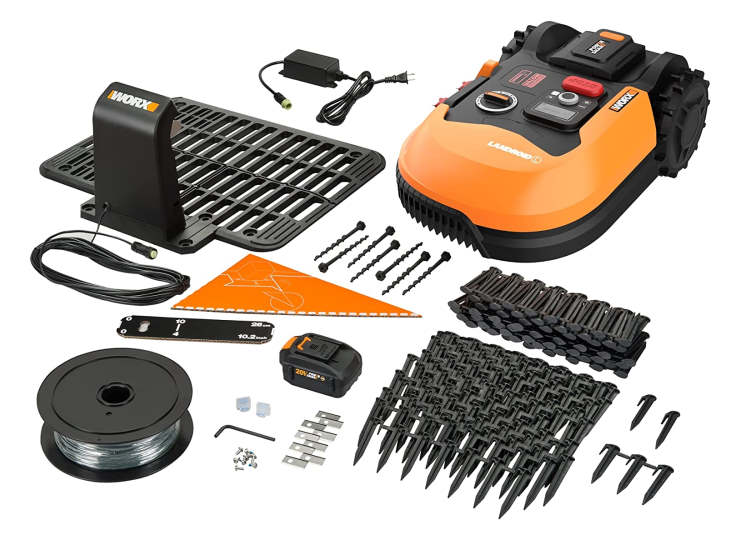Dill vs. Fennel: What Is the Difference Between Them?
Introduction
Dill and fennel are two of the most common culinary herbs, but they often confuse one another. While both are frequently used in Mediterranean cuisine, they are not the same plant. Although they have a similar appearance, they are two different plants with many differences, and each has unique qualities that directly impact the types of dishes they are used in. In this article, we’ll look at the differences to help distinguish the two for their distinct qualities and properties.
What Is Dill?
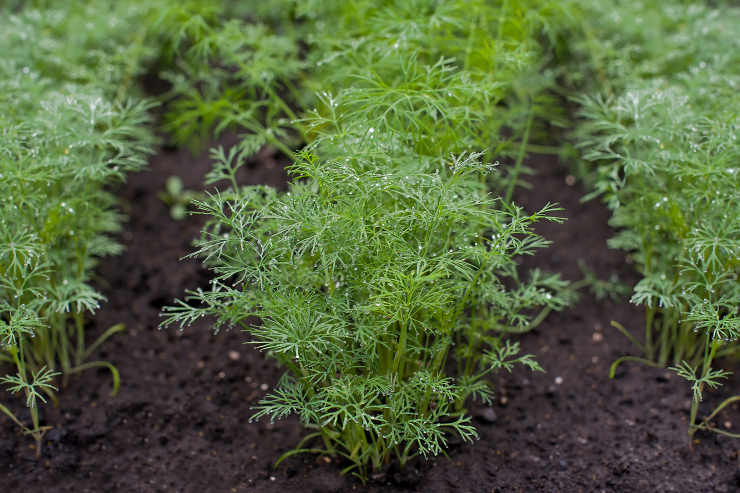
Dill (Anethum graveolens) is a small annual herb with Apiaceae plant family characteristics, and both its leaves and seeds are used to flavor foods. It is a plant that produces long, thick, slightly curved seeds with a surface that is ridged longitudinally. Its flowers are either white or yellow. Along with regions of Africa and the Mediterranean, Russia is home to this plant’s native range. However, it does have feathery leaves, yellow flower umbels, and tiny flat seeds.
Despite being very similar to fennel leaves, there is a difference; dill leaves are a little bit wider. Its seeds and leaves are used in cooking and are widely used in German, Polish, Scandinavian, and Greek cuisines. It is relatively simple to grow, so it is widespread worldwide. Summer is when dill plants bloom, but they can also be grown year-round in greenhouses. Therefore, most grocery stores carry fresh dill. The flavor of dried leaves is not as strong as that of fresh leaves, though they are still readily available.
When it comes to flavor, it is like fennel in that it has a slight sweetness, but it also has a more herbal, grassy aroma without the strong licorice flavor. Like fennel, the plant’s seeds are also used as a spice. It is an herbaceous plant used in cooking and fragrance in soaps and cosmetics. Several medicines are made from dill seeds and other parts of plants that grow above ground. It is used to treat various conditions, including infections, urinary tract disorders, liver problems, and more.
What Is Fennel?
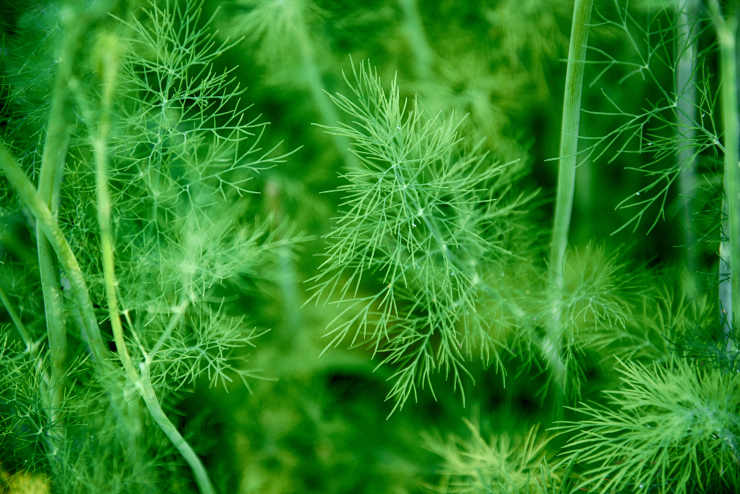
Fennel (Foeniculum vulgare) is a hardy perennial plant native to the Mediterranean coasts and a member of the Apiaceae family. The fruit, leaves, and bulb of this plant are all edible. Its leaves, fruit, and essential oil are all used in culinary preparations. The culinary traditions of nations like India, Afghanistan, Pakistan, Iran, and the Middle East frequently use dried seed, an aromatic spice with a brown hue. It has feathery leaves, grooved seeds, and umbels of golden-yellow flowers.
It is an upright, glaucous green plant with hollow leaves and stems that can reach a length of 40cm. It can reach a height of 2.5m. Its seeds are dry, long, and have longitudinal grooves. For culinary and medicinal purposes, the seeds and leaves are both used. Fennel, which has a carminative effect, is used to treat hypertension and enhance vision. Fiber, potassium, and vitamins B6, A, and C are all abundant in this herb.
The seeds of sweet fennel are steam distilled to produce the essential oil. It smells sweet and anise-like with hints of peppery earth. There is a difference between bitter fennel, which typically grows wild, and sweet fennel, the more popular variety used for aromatic purposes. If you’re an avid forager, you’re welcome to help yourself with this plant since it is typically considered invasive due to its tendency to grow wild.
Differences Between Dill and Fennel
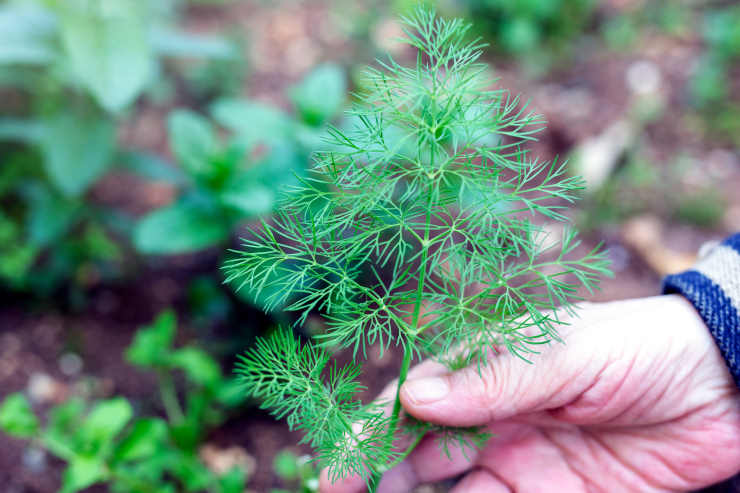
Despite their similarities, they are two distinct plants with distinct uses. The following features and characteristics highlight the differences between the two.
- The primary difference between them is that dill is an annual herb with a hollow central stem and a maximum height of 1.3 cm. On the other hand, fennel is a biennial herb that quickly reaches a height of 2 meters and has a bare core dotted with individual leaves.
- Dill belongs to the celery family, while fennel is a member of the Apiaceae (carrot) family. Thus, despite their feathery foliage giving them a similar appearance at first, there is a difference in their taste and aroma.
- Another difference is that the leaves, stem, seeds, and fennel bulb are all edible. On the other hand, only the seeds and leaves are typically consumed with dill.
- Fennel retains its flavor characteristics when dried. Dill tastes best when used fresh or in pickles, but it must be freeze-dried to maintain flavor intensity. Its dried leaves, also known as dill weed, have a very mild flavor.
- Although fennel has high levels of potassium, vitamin C, vitamin A, vitamin B6, iron, and magnesium, its reputation as a heart-healthy food is largely due to its low cholesterol. Although dill is high in vitamin B9, iron, manganese, and vitamin C, it is difficult to eat a portion. When used in a dish, dill serves more as a garnish, and you only eat a tiny bit of it. Fennel stimulates milk production, eases muscle spasms, and lowers inflammation. Dill has diuretic effects, anti-infective properties, and therapeutic benefits for the digestive system.
- Another useful difference I can add is if fennel bolts, you can harvest the seeds to eat and if dill bolts, you can let it self-seed.
- The fennel bulb can be prepared in a variety of ways, including roasting, sautéing, grilling, and more. Instead of being the main dish, dill is more frequently used as an herb to add flavor.
Conclusion
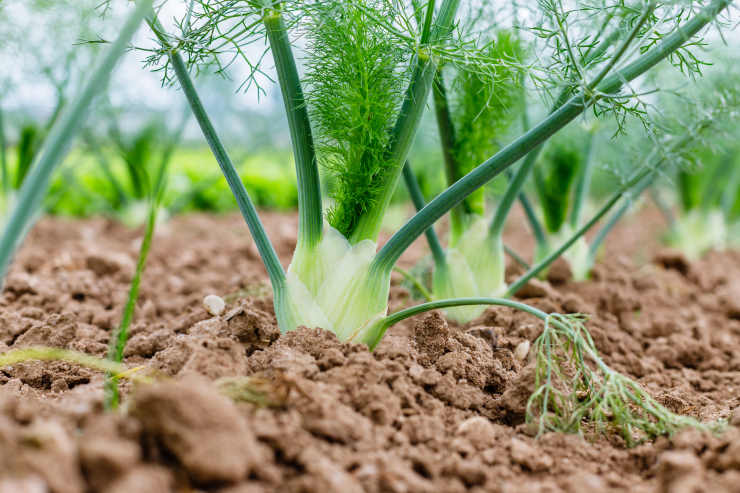
Both dill and fennel are widely used as herbs and have therapeutic benefits. They have different uses, but the main difference is that fennel leaves are longer and have a stronger licorice flavor than dill leaves. These two plants also differ in their nutritional content and how they influence people’s bodies. If you ever have the choice between the two, there is no reason to pick one over the other because they are both excellent additions to your diet.
You may also be interested in:
What is the Difference Between Compost and Fertilizer?

